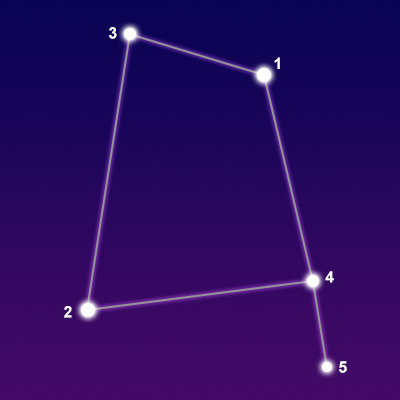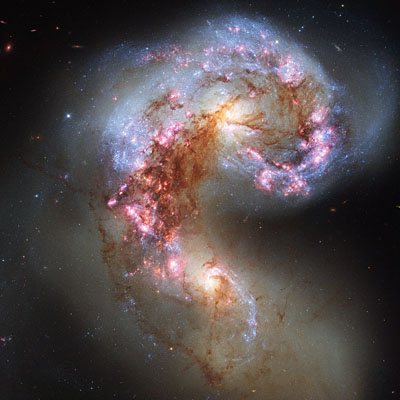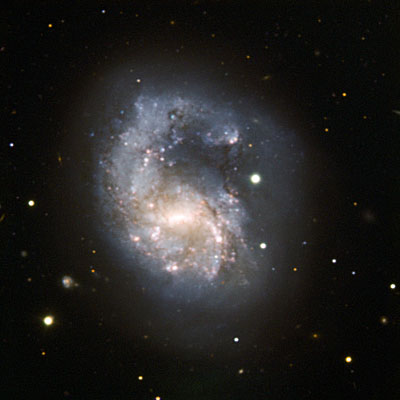Pronunciation:
(KOR-vus)Abbreviation:
CrvGenitive:
CorviRight Ascension:
12 hoursDeclination:
-20 degreesArea in Square Degrees:
184Crosses Meridian:
9 PM, May 10Visible Between Latitudes:
60 and -90 degreesThe constellation Corvus, the crow, is located in the southern hemisphere of the sky. It is visible in the Northern Hemisphere from January until May and is completely visible at latitudes between 60 degrees and -90 degrees. It is a small constellation, covering an area of only 184 degrees. It ranks 70th in size among the 88 constellations in the night sky. It is bordered by Virgo to the north and east, Hydra to the south, and Crater to the west. The four brightest stars in this constellation form a square asterism known as the Sail, or the Spica’s Spanker, because two of the stars point the way to Spica, the brightest star in the constellation Virgo.
Corvus is one of the 48 constellations identified by the astronomer Ptolemy in the second century. Its name means “crow” in Latin. It is an ancient constellation that was known since the time of the Babylonians. They saw it as a raven, and it was sacred to Adad, the god of rain and storm. To the ancient Greeks, it was a crow sent by Apollo to fetch water. The raven wasted his time eating figs. After returning late, Apollo punished him by throwing him into the heavens. He was also condemned to endure eternal thirst. This is why the crow caws instead of singing like other birds.

points of interest below © Sea and Sky

© Torsten Bronger CC BY-SA 3.0
Kraz
Algorab
Minkar
Alchiba
N/A
"The Crow"
"Nose of the Crow"
"Beak of the Crow"
Yellow-White Giant Star
Blue Subgiant Star
Red Giant Star
Orange Giant Star
2.65
2.96
3.02
4.03
Corvus contains three stars brighter than magnitude 3. The brightest star in the constellation is Gienah with a visual magnitude of 2.59. It is a blue giant star located about 165 light years from Earth. The second brightest star is Kraz with a magnitude of 2.65. It is a yellow-white giant star that lies 140 light years distant. With a magnitude of 2.96, Algorab is the third brightest star. It is a blue subgiant star that is approximately 87 light years from our solar system.
Corvus contains no Messier objects. It does, however, contain a few interesting deep-sky objects. NGC 4038 and NGC 4039 are a pair of interacting galaxies known as the Antennae Galaxies and the Ringtail Galaxy. These two galaxies are colliding with each other, distorting their original shapes. NGC 4027 is a barred spiral galaxy located approximately 83 million light years from Earth. NGC 4361 is a large planetary nebula with a shape similar to that of an elliptical galaxy. These objects are extremely dim and can only be seen in large telescopes.

© ESA/Hubble / CC BY 4.0

© European Southern Observatory / CC BY 3.0



